Deck & Commander Strategies

Leonardo da Vinci
Generate artifact tokens (thopters) by discarding artifacts, then pump them based on hand size to apply pressure. Utilize graveyard recursion and artifact synergies to maintain board presence.

Narci, Fable Singer
Play many saga enchantments and proliferate counters on them to trigger their effects quickly, forcing opponents to sacrifice creatures and draining their board state.
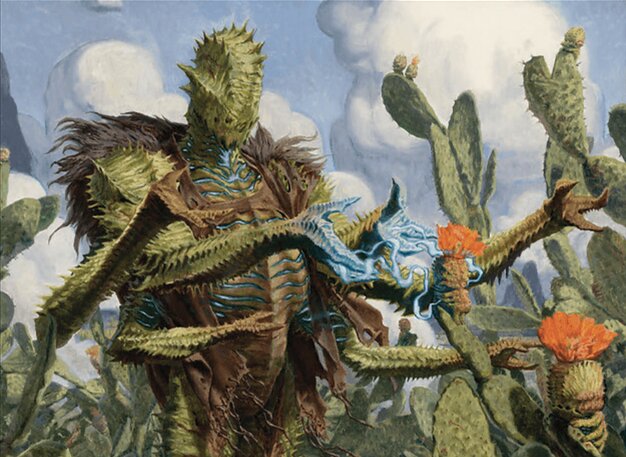
Bristly Bill, Spine Sower
Exploit landfall to place +1/+1 counters on creatures and use activated abilities to double counters, growing large creatures rapidly and overwhelming opponents.

The Wise Mothman
Mill cards and distribute +1/+1 counters across creatures to build a wide and growing board, leveraging self-mill and counter synergies for resilience.
Gameplay Insights
- 1
Bristly Bill’s rapid counter accumulation made his creatures a major threat, emphasizing the need for board wipes or removal to disrupt his growth.
- 2
Narci’s proliferate and saga enchantment strategy allowed for incremental resource denial through forced sacrifices, creating a slow but effective drain on the table.
- 3
Memory Erosion’s mill effect synergized well with The Wise Mothman’s self-mill and counter distribution, accelerating board development.
- 4
Leonardo da Vinci’s ability to create and pump thopter tokens provided a steady source of pressure, enhanced by artifact recursion and hand size management.
- 5
Players recognized the importance of timing their proliferate and counter placement to maximize impact, especially around key triggers like landfall or sagas.
Notable Cards
-
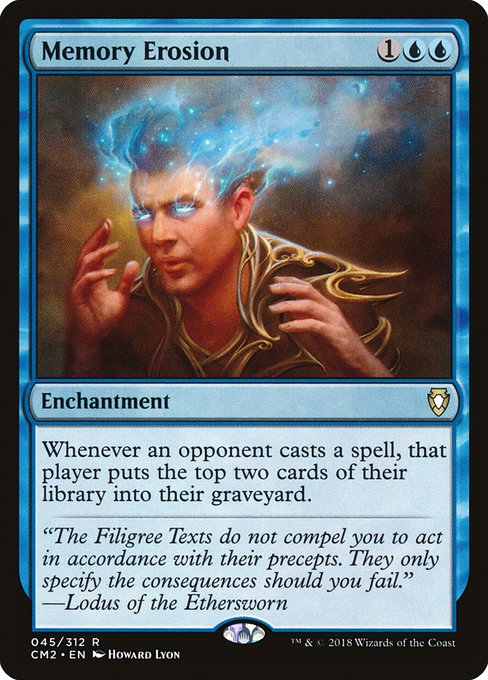
Memory Erosion
-
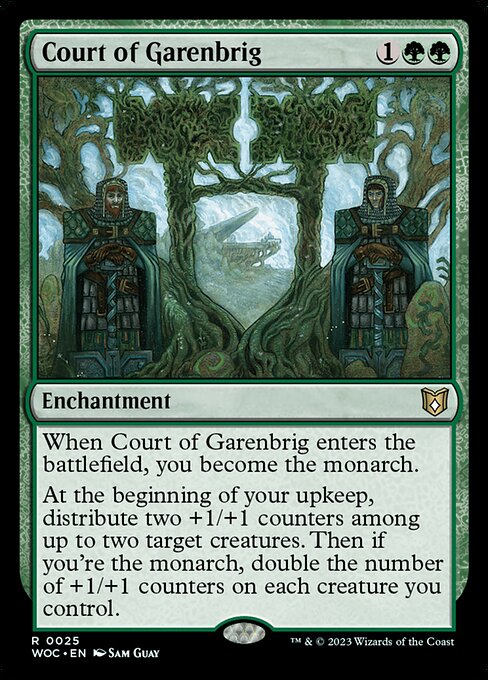
Court of Garenbrig
-

Swords to Plowshares
-
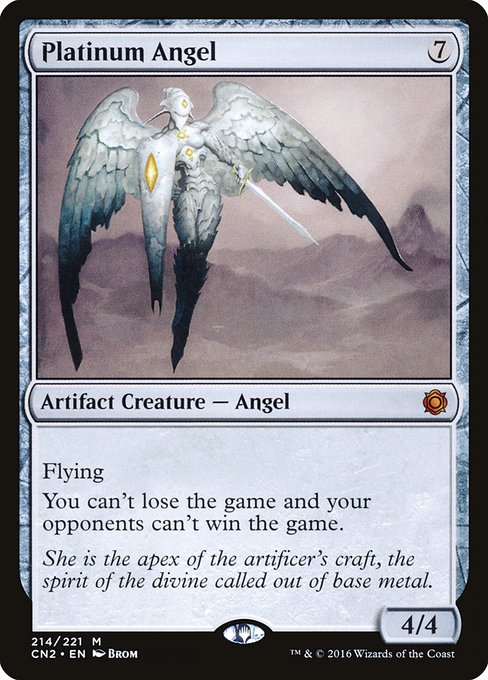
Platinum Angel
-
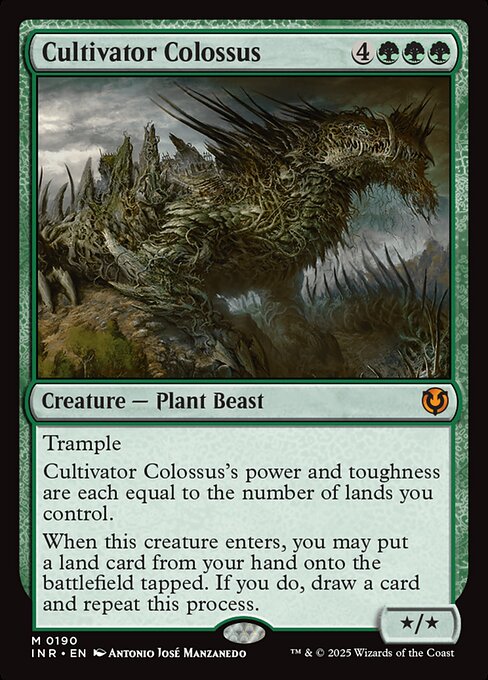
Cultivator Colossus
-

Narci, Fable Singer
-

Bristly Bill, Spine Sower
Gameplay Summary
The game began with players establishing their board states and ramping mana, each focusing on their unique strategies.
Leonardo da Vinci’s player utilized artifact synergies and graveyard recursion to generate thopter tokens and apply pressure, while Narci, Fable Singer’s player focused on proliferating saga enchantments to drain opponents by forcing sacrifices.
Bristly Bill’s deck capitalized heavily on landfall triggers and +1/+1 counters, quickly growing creatures large and threatening the board.
The Wise Mothman took a self-mill and counter-based approach, distributing +1/+1 counters across multiple creatures to build a wide and resilient board. Key turning points included the introduction of powerful creatures and enchantments that synergized with the respective commanders' mechanics.
Memory erosion and card draw spells influenced graveyard setups and tempo.
Bristly Bill’s rapid accumulation of counters made his creatures notably threatening, prompting discussions about the importance of removal or board wipes to reset the board.
The Wise Mothman’s ability to distribute counters with every mill event created incremental board growth, while Narci’s saga enchantments steadily chipped away at opponents’ resources.
The game showcased a dynamic clash between aggressive counter and token strategies versus control and incremental advantage through enchantments and artifact interactions.


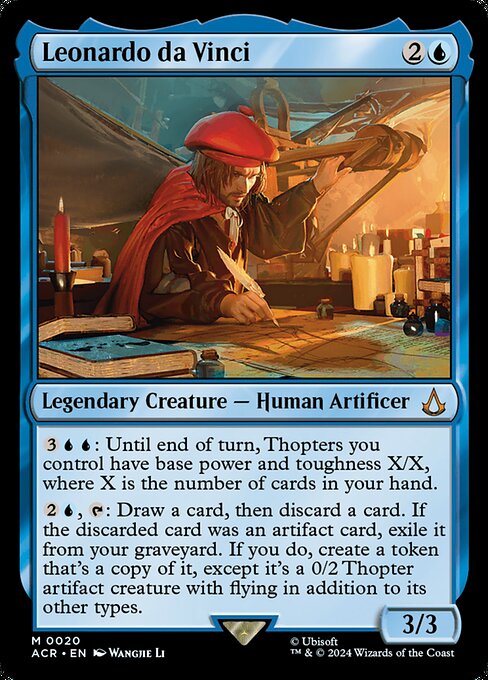













![Rakdos Fever, ft. Judith, Prosper, Narci, Commodore Guff [EDH/Commander Gameplay] thumbnail](https://i.ytimg.com/vi/a9ptsYYmjac/sddefault.jpg)






























